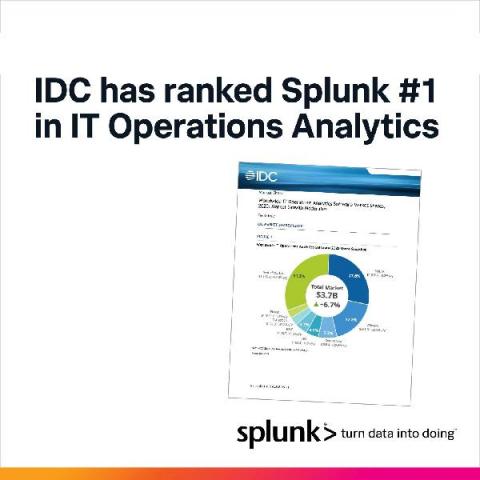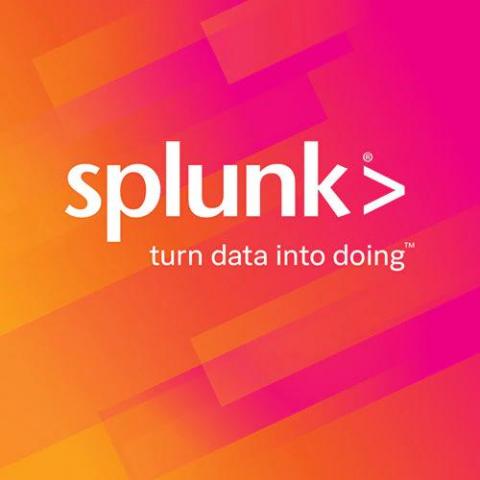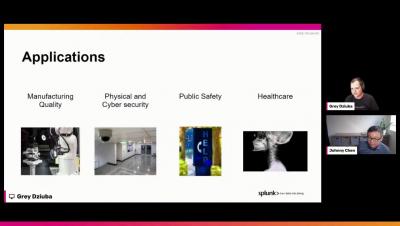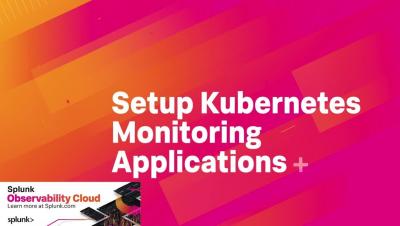Expanded Customer Adoption Lands Splunk First in 2020 IT Operations Analytics Market Share Report
For the 7th year in a row, IDC has ranked Splunk as #1 in ITOA*. We’re thrilled with this news, but let me start by saying that our success is due to the continued success of our customers, and we’re very grateful for the opportunity to be a part of it. Need a refresher on ITOA? We know we know, another day another acronym. ITOA is IT Operations Analytics. IDC derived this market from portions of their IT Operations management (ITOM) software market.








